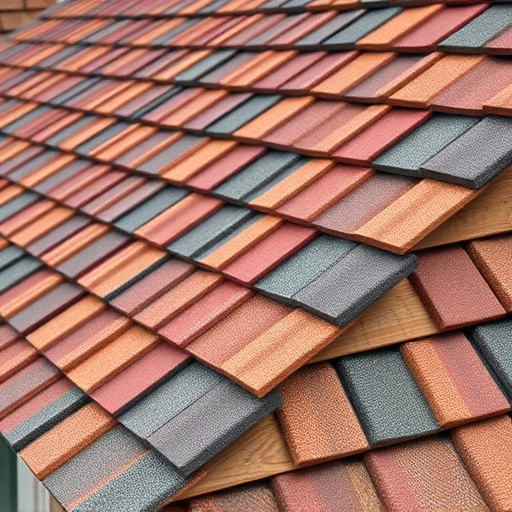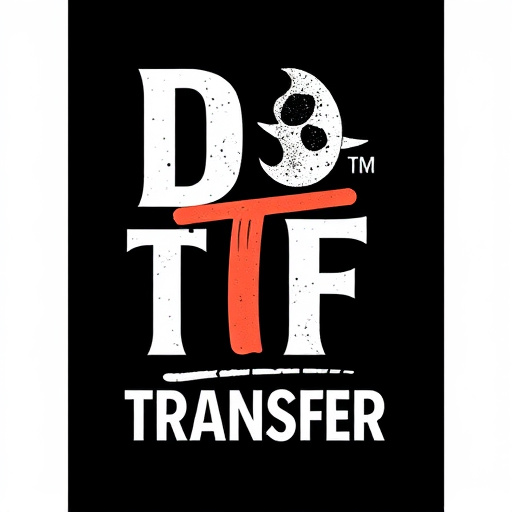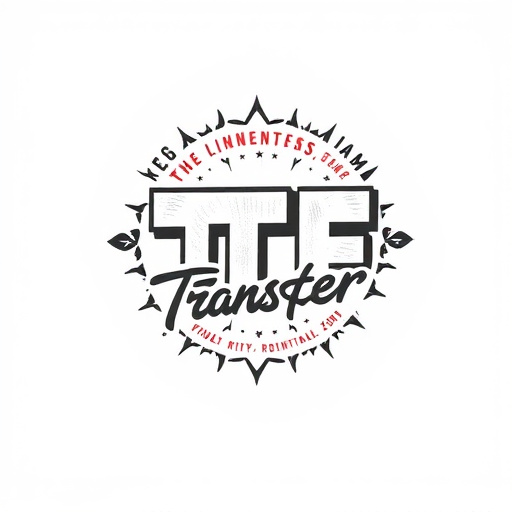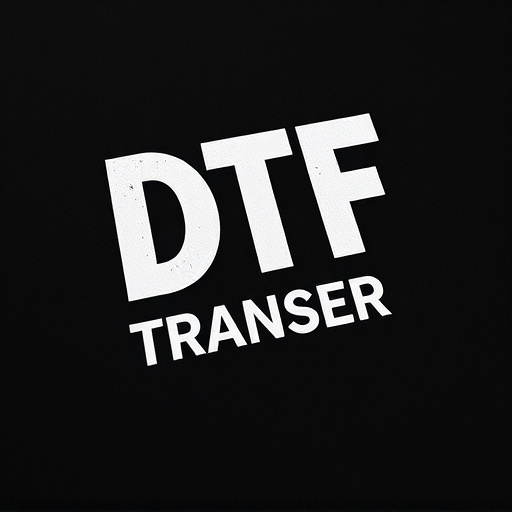Direct-to-Film (DTF) transfer is a cutting-edge process that converts digital images into physical film, offering photographers and artists a unique way to create high-fidelity prints. This method preserves nuanced tonalities and textures, appealing to those seeking authentic representation of their digital artworks or archival materials. DTF requires specialized equipment, including printers, transfer systems, and lighting, to ensure top-quality results. Common misconceptions about DTF's suitability for all images are addressed, emphasizing the importance of optimizing resolution, color profiles, and other settings for successful transfers. DTF is widely used in art and archives, providing a versatile tool for both creative expression and long-term preservation.
Explore the captivating world of direct-to-film (DTF) transfer, a groundbreaking process transforming digital photos into tangible art. This innovative technique offers a unique path for photographers and artists to achieve exquisite prints with rich textures and vibrant colors. In this comprehensive guide, we’ll unravel the intricacies of DTF, from its underlying technology to real-world applications in both artistic creation and archival preservation. Get ready to discover why DTF is becoming a preferred choice for those seeking exceptional print quality.
- Understanding Direct-to-Film (DTF) Transfer: A Brief Overview
- The Process of Converting Digital Photos to DTF Format
- Advantages of Using DTF for Printing and Preservation
- Choosing the Right Equipment for DTF Transfer and Printing
- Common Misconceptions and Troubleshooting Tips for DTF Conversions
- Real-World Applications: From Art to Archival Preservation
Understanding Direct-to-Film (DTF) Transfer: A Brief Overview
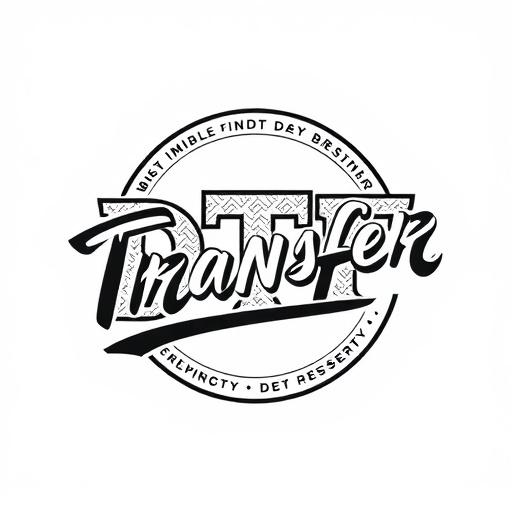
Direct-to-Film (DTF) transfer is a cutting-edge process that revolutionizes the way photographic images are printed and transferred to film. Unlike traditional printing methods, DTF bypasses intermediate digital stages, allowing for a seamless direct conversion from digital image data to physical film. This innovative technique captures not just pixels but also retains the nuanced tonalities and textures of the original photograph.
The process involves specialized equipment that precisely exposes the film emulsion to light, guided by the digital image data. Each pixel on the digital file corresponds to a specific area on the film, ensuring an exact replica of the image. This method is particularly appealing for photographers and filmmakers who seek authentic, high-fidelity prints, preserving the artistic intent and aesthetic quality of their visual art. DTF offers a game-changer in printmaking, making it accessible to those who appreciate both digital perfection and traditional film charm.
The Process of Converting Digital Photos to DTF Format
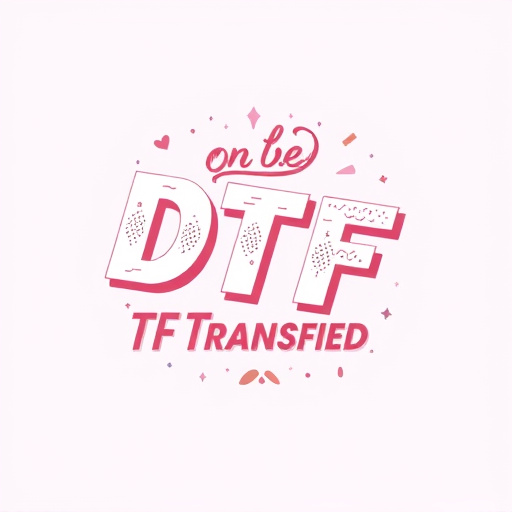
Converting digital photos to a direct-to-film (DTF) transfer format is a multifaceted process that involves several critical steps. It begins with the selection of high-quality, resolution images, as this directly impacts the final print quality. The chosen digital file is then optimized for DTF printing by adjusting color profiles, ensuring accurate representation on film. This preparation phase includes resizing and cropping to match the desired physical dimensions of the final print.
Next, specialized software is used to convert the digital image into a format compatible with DTF transfer techniques. This conversion process maps the digital data onto traditional film stock, preserving intricate details and colors. The result is a negative or positive film strip ready for printing. DTF offers a unique advantage by enabling the reproduction of photographic images on various media, creating authentic, high-fidelity DTF prints.
Advantages of Using DTF for Printing and Preservation

Direct-to-film (DTF) transfer offers a plethora of advantages when it comes to printing and preserving photographic images. One of its key benefits is the ability to produce high-quality, long-lasting prints that closely resemble the original film negative. DTF technology captures the intricate details and tonal range of the source material, ensuring a faithful reproduction on physical media. This makes DTF prints particularly appealing for fine art photographers, collectors, and enthusiasts who prioritize authenticity.
Additionally, DTF provides an effective method for archival purposes. The process involves transferring images directly onto durable, acid-free materials, which significantly reduces the risk of degradation over time compared to traditional printing methods. DTF transfers are less susceptible to fading, yellowing, or other forms of damage caused by environmental factors, making them a superior choice for preserving cherished memories and artistic works for generations to come.
Choosing the Right Equipment for DTF Transfer and Printing

When venturing into direct-to-film (DTF) transfer and printing, selecting the appropriate equipment is paramount to achieving high-quality results. The process demands a meticulous eye for detail and specific tools tailored to this unique form of photography. A crucial component is a top-tier DTF printer, capable of producing precise, crisp prints directly onto film. These printers often offer advanced features like adjustable resolution settings and custom ink options, enabling photographers to tailor the output to their artistic vision.
Complementing the printer, a robust DTF transfer system is essential. This includes high-quality film, typically 35mm or 120 format, along with specialized chemicals for developing and fixing the film. The right glass plates and frames are also vital to ensure flat, stable placement of the film during exposure. Additionally, consider investing in a good light source, such as LED or UV lamps, designed specifically for DTF printing, to achieve accurate color reproduction and minimize exposure errors.
Common Misconceptions and Troubleshooting Tips for DTF Conversions

Many photographers and enthusiasts often have misconceptions about Direct-to-Film (DTF) transfers and printing, which can lead to suboptimal results. One common mistake is assuming that any image can be seamlessly converted to DTF format. It’s important to understand that not all photos are suitable for this process due to factors like resolution, color depth, and dynamic range. Images with low resolution or excessive noise might result in grainy or blurry prints when transferred directly to film.
Troubleshooting tips include ensuring your image meets the recommended specifications for DTF conversion. This involves optimizing your photo’s resolution, color profile, and file format before sending it for printing. Additionally, be mindful of contrast and exposure settings; improper adjustments can negatively impact the final print quality. Regularly testing different images and settings will help you master the art of DTF transfers, ensuring stunning film prints every time.
Real-World Applications: From Art to Archival Preservation

Direct-to-film (DTF) transfer has found its place in various real-world applications, spanning from artistic creations to archival preservation. In the realm of art, photographers and artists are leveraging DTF techniques to create unique, high-quality prints that capture the essence of their digital artworks. This process allows for a faithful reproduction of intricate details and vibrant colors, offering a new medium for artistic expression.
For archival preservation, DTF printing plays a crucial role in preserving historical photographs and documents. By transferring images directly onto film, archivists can ensure long-lasting, durable prints that are resistant to the fading and degradation often associated with digital media. This method is particularly valuable for archiving precious family photos, vintage advertisements, and other culturally significant materials, ensuring their integrity for future generations.

